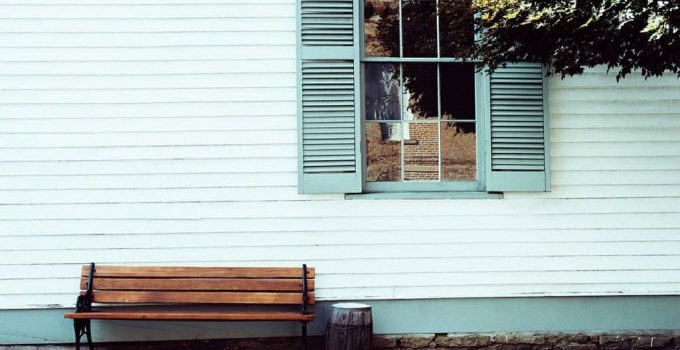The Basics You Need to Know About Covering Asbestos Siding
Asbestos siding – and asbestos in general, for that matter – was used widely throughout the construction industry for decades and decades, long before anyone ever even thought to assume that it might pose significant health risks that could even lead to mesothelioma (one of the most dangerous and deadly forms of cancer discovered).
Thankfully, construction professionals do not use asbestos construction materials any longer. But if you find yourself purchasing a fixer-upper style home the odds are good that if it was built before the 1970s there’s going to be a considerable amount of asbestos in the home.
Asbestos siding is almost a given in homes built before this era. And you want to know exactly how to cover asbestos siding so that you can prevent it from posing a health hazard to your loved ones and your neighbors.
If you are unsure if your house has asbestos or if it has already been removed, then you can use an asbestos testing kit to find out for sure so you can take the necessary precautions to protect yourself and your family.
Related: Products Containing Asbestos | Awareness Improves Health
The Danger in Asbestos Comes When It Is Improperly Removed and Disposed Of
In and of itself (in its final hardened state) asbestos isn’t going to pose any real health hazard to you or your loved ones, but when you break asbestos siding and when you break asbestos materials up into tiny little particles that’s when you’re going to start to see health risks pop up immediately.
You have to be sure you know exactly what you’re doing when it comes time to figure out how to cover asbestos siding properly, and you want to do so safely and strategically so that you minimize the amount of asbestos dust you generate along the way.
Here are a couple of ways you can figure out how to cover asbestos siding effectively!
Related: Exposure Risks for Asbestos and Lung Cancer
Seal the Asbestos First
Before you do anything when working with asbestos, whether original siding or not, it is very important to seal it so that whatever steps you take next will disturb the asbestos the least. There are many projects to choose from depending on how much asbestos there is.
If you are working with a small amount of asbestos, you can use tape to seal it. However, if it is a bigger area, then the best way to seal it is with an asbestos encapsulant spray.
Related: The Best Asbestos Encapsulation Products
You Can Paint Asbestos Siding
One of the most effective ways to neutralize asbestos siding is simply to paint the asbestos siding itself with mold and mildew resistant, waterproof, and hard sealing paint materials.
It is best to do an undercoat with an asbestos encapsulating paint in other to reduce any chances of disturbing the asbestos when you add the final paint.
This process will provide a protective coating to the asbestos materials itself, preventing the dust particles from flaking out and infecting people as the asbestos siding breaks down.
Vinyl or Plastic Siding
Vinyl siding is incredibly popular these days (for obvious reasons – it’s inexpensive and attractive, as well as very easy to install), and if you completely cover the asbestos siding in your home with vinyl or plastic siding you can neutralize the impact of this material as well.
You’ll have to make sure that you wear protective equipment (especially respiratory equipment) when you are nailing up siding, however. The nails will punch through the asbestos siding itself and small fragments of dust will be generated, so protect yourself at all costs to avoid serious health complications later down the line.
Above all else, take the risk of asbestos seriously as it is a highly dangerous material. If you are uncomfortable covering asbestos yourself, you can hire an asbestos removal company.



